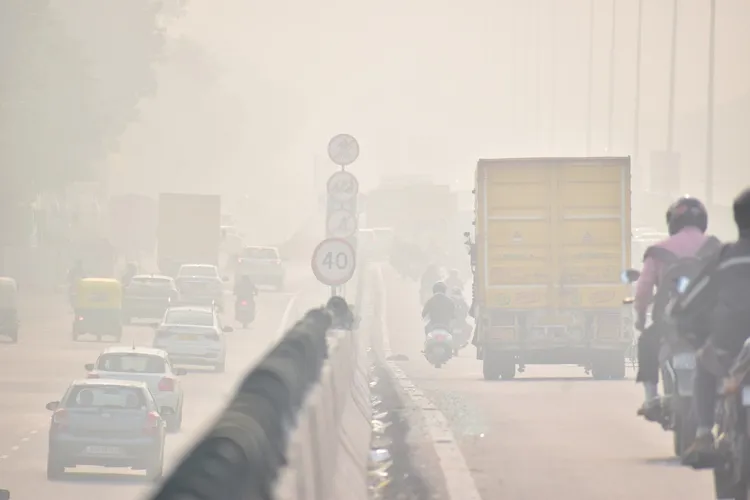
Air pollution impacts children’s brain development including level of white brain matter used for cognitive function, and risk for disorders
New research across four continents has found that even pollution levels below government thresholds still have an impact upon children’s brain development.
Unlike other reviews that have historically focused on the effects of air pollution on adults or animals, the review by University of California Davis analyses the risk to children alone.
By analysing forty existing studies – ranging from MRI scans to chemical compound tests to finding tumours – across newborns to 18-year-olds, researchers concluded that brain outcomes varied between children with high and low levels of pollution exposure. Crucially, most of the samples of children were healthy, living in countries, regions or communities with air pollution values lower than US and EU recommendations – showing just how impactful air pollution can be.
Some studies reviewed by researchers linked air pollution to differences in children’s white brain matter volume, a critical measure for cognitive function and brain connections. Others linked prenatal air pollution exposure with disorders such as ADHD and autism.
Understanding children’s health in relation to pollution is critical and cannot be modelled only on adult or wildlife studies, as associate professor of human ecology and co-author on the study Johnna Swartz explains.
‘We can’t necessarily apply findings from adults and assume that it’s going to be the same for children. We also have to look more at different developmental windows because that might be really important in terms of how air pollution might impact these brain outcomes.’

Teenagers and children are especially prone to the effects of air pollution – caused by wildfires, coal-fired plants and a multitude of other sources – since they are still undergoing development. Typically, they spend more time outdoors and absorb more harmful air pollutant particles relative to their body weight than adults.
‘A lot of researchers working on brain development, whether it’s autism, Alzheimer’s or something else, really discounted for a long time the environmental factors,’ said professor at Anthony Wexler, a professor at UCD and director of its Air Quality Research Center.
‘They argued that it’s genetic or some other factor other than exposure to air pollution. That’s changed a lot recently because of all this research literature.’
What can be done to prevent damage from air pollution?
Air pollution has already been linked to premature births and low birth weight, as well as an increased risk of respiratory, cardiovascular and skin diseases, but this newly solidified link to brain development is further prompting scientists to consider methods to mitigate its widespread effects.

These include adding air filters to homes and schools near busy roads. Air purifiers could also be implemented into other areas that children spend a lot of time in, a roll-out that the study’s corresponding author, Camelia Hostinar, hopes will be subsidised by governments.
Future studies on brain health could also incorporate questions about air pollution and candidate’s addresses in order to further explore the link between the two.




